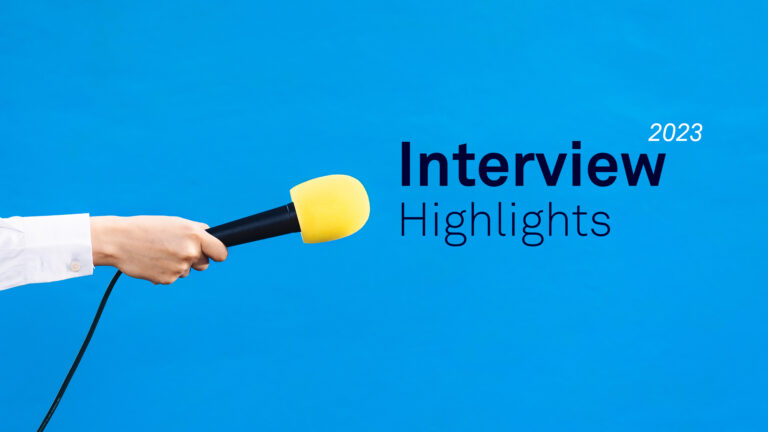Join getAbstract to access the summary!

Join getAbstract to access the summary!
Loran Nordgren and David Schonthal
The Human Element
Overcoming the Resistance That Awaits New Ideas
Wiley, 2021
What's inside?
Identify – and overcome – the frictions that hamper change and innovation.
Recommendation
The road to progress – and business success – is littered with failures: evidence of the forces that can wreck even the most promising innovations and business models. To help leaders, entrepreneurs and other change-makers maximize their impact, management experts Loran Nordgren and David Schonthal offer an examination of the subtle reasons why many good ideas and ventures fail. Psychological research and case studies add heft to this clear, commonsense study of frequently overlooked impediments. It serves as a valuable addition to the management bookshelf.
Summary
About the Authors
Loran Nordgren, a professor of management and organizations at the Kellogg School of Management, studies the psychological processes underlying how people think and act. David Schonthal, a professor of strategy, innovation and entrepreneurship at Kellogg, teaches new venture creation, design thinking, health care innovation and creativity.
























Comment on this summary